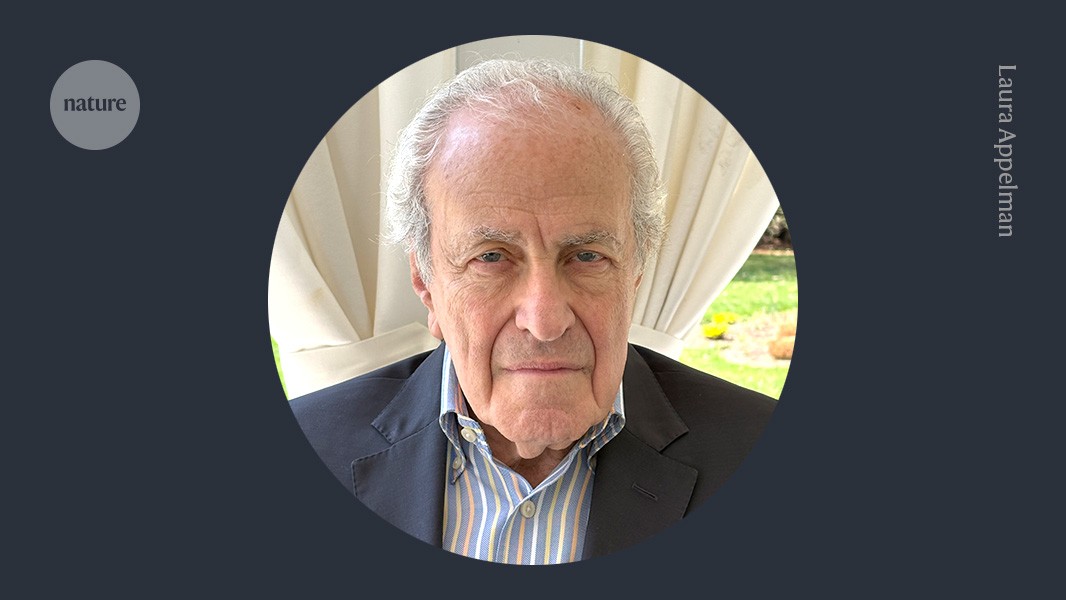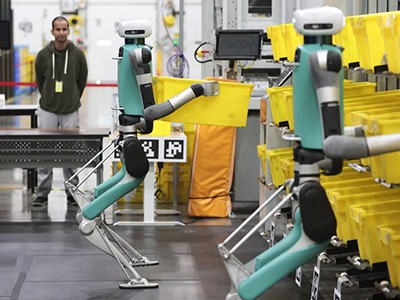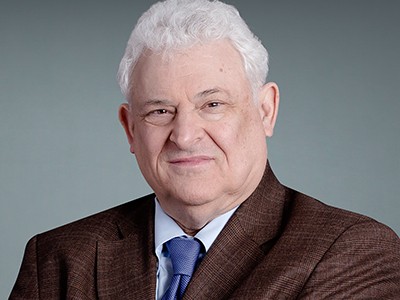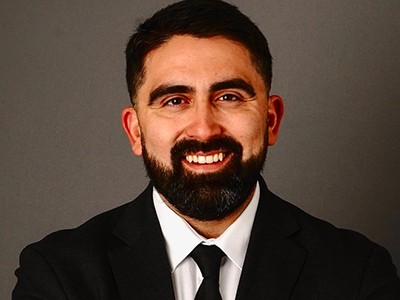Over my decades as a professor of physics, I have encouraged myriad students to consider pursuing a science career, something that I have found immensely rewarding, intellectually and even spiritually — if not so much financially. I can no longer do so in good conscience, however; at least, not in the United States, amid the quick-fire anti-science policies of the administration of US President Donald Trump, and at a time when an unelected billionaire, Elon Musk, is eviscerating staffing at key science agencies.
How the United States became a science superpower — and how quickly it could crumble
These actions will inevitably cause harm to the future of health care, economic growth and national security. But there is another concern: the long-term damage they will do to the US scientific workforce. During the 22 years I served as director of public affairs at the American Physical Society in Washington DC, I relied on a well-worn political maxim: connect policies to people if you want elected officials to pay attention. Rather than stressing that research cuts lead to less innovation, emphasize that, once hollowed out, a scientific workforce can take a generation to rebuild.
The United States had a taste of such a gap during the Vietnam War. At the time, academic scientists found themselves caught in the crosshairs of zealous anti-war activists who, despite scant evidence, accused them broadly of collaborating on weapons research in support of the war. In 1970, the situation reached a violent crescendo with the death of Robert Fassnacht, a physicist at the University of Wisconsin–Madison who was working in a building that was bombed by anti-war protesters.
In response to the growing violence and inflammatory rhetoric, Michael Mansfield, an anti-war Democratic senator, aimed to sever ties between academia and the war machine. But his 1969 amendment ironically left intact what little applied military research existed on university campuses and shut down all non-military basic research that had been supported by the Department of Defense since the end of the Second World War. The ensuing disruption was extreme, especially in the physical sciences.
Don’t wait out four hard years: speak truth to power
Although the restrictions were lifted the following year, the damage was done. Neither the Department of Defense nor the universities saw fit to restore a relationship that had lasted almost one-quarter of a century. The unexpected loss of funding forced projects to be wound down and non-tenured staff to be dismissed. At Yale University’s J.W. Gibbs Laboratory in New Haven, Connecticut, for example, where I had just completed my PhD research on spin-polarized electrons, the funding lost for just one atomic-physics programme was more than US$600,000 (equivalent to more than $5 million today). Numerous research programmes across the country were similarly affected.
The National Science Foundation (NSF) and the Atomic Energy Commission (AEC) stepped in to fill the depleted coffers, but it took the better part of a decade to restore funding stability. Newly minted PhD holders found the number of desirable job opportunities extremely limited. In 1971, a survey found that of the 3,000 physicists seeking employment the previous year, only 2,000 had been able to secure conventional positions(see go.nature.com/4k3i3ij). Among my Yale peers who received physics doctorates in 1969, about half left for careers in law, medicine and finance.
‘Now is not the time for despair’ — how scientists can take a stand against political interference





